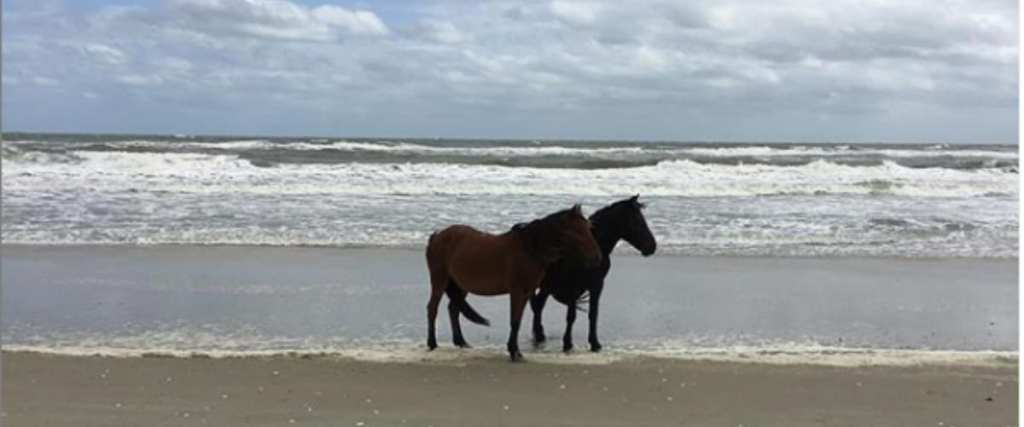Trending Now
If you’ve never been to the Outer Banks, let me first say that you should put them on your bucket list. The chain of barrier islands just off the coast of North Carolina are beautiful, serene, and somewhat otherworldly – and not just because there are herds of wild horses roaming the beaches.
https://www.instagram.com/p/BlQiqCdHl8F/
The Colonial Spanish mustangs were left behind by European explorers in the 16th century and have been living alone on the islands for centuries. They’re considered feral, though local environmental groups do care for them in ways that minimally interfere with their lives.
Over time, the horses have learned to weather hurricanes better than most feral animals – and better than many people. Incredibly, they have evolved a system that’s preserved them for hundreds of years, even in the face of the fiercest weather.
https://www.instagram.com/p/By0G0plBUwL/
The horses sense changes in air pressure ahead of the storm, and, as a pack, march to higher ground. Once there, they crowd together under sturdy oaks, rear ends toward the wind, and brace for the worst.
And, amazingly, it works.
The herd on the Outer Banks (around 100 strong) is managed by the Corolla Wild Horse Fund, and though they take some precautions with the horses ahead of major hurricanes like Dorian – they make sure their troughs contain extra hay and clean water, and that their ID tags are secured – they mostly let the horses be.
https://www.instagram.com/p/BxQ4S-GBZv7/
They’ve survived all this time, after all, so they’re obviously capable of taking care of themselves.
It seems like some people could take a card from the equine playbook when it comes to preparing for storms.






